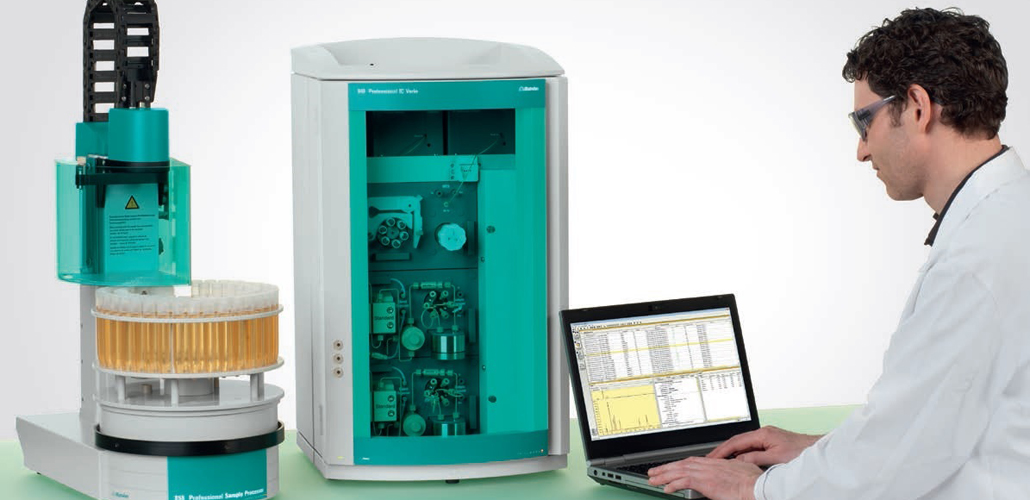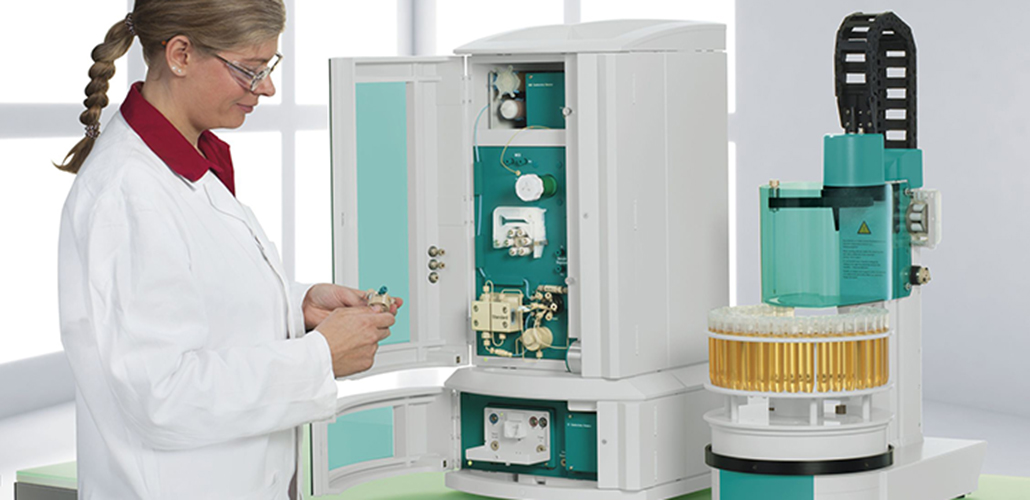Cation suppression in ion chromatography
Chemistry & Biochemistry / Water & Beverages
March 21, 2016Trace analysis of cations, amines, and transition metals is possible with or without suppression. However, some applications require particularly high sensitivity of the analysis. This can only be achieved by sequential suppression, as suppression considerably lowers the detection limits for the analytes. Such analyses are common, for instance, in power plant applications or in pharmaceutical applications. Moreover, there are a number of norms and standards that request cation analysis with suppression. In short, suppression reduces background conductivity to a minimum and decreases baseline noise. Both effects together improve the signal-to-noise ratio and increase the sensitivity of the measuring system. Thus, whenever the quantification of very low concentrations of cations is required, analysis with sequential suppression is the method of choice.
The Metrohm Suppressor Module
The patented Metrohm Suppressor Module (MSM) is a very effective and highly robust solution when suppression is needed. The heart of the MSM is a small rotor that contains three cartridges, filled with anion exchange resin. While the first cartridge is being used for suppression, the second one is regenerated. At the same time, the third cartridge is rinsed to remove any residual regenerant. As the cartridges are rotated one step before each new injection, there is always a freshly regenerated suppressor cartridge ready for the next injection.
STREAM – the green way of suppression
STREAM (Suppressor Treatment Re-using Eluent After Measurement) adds even more benefits to the suppression technique described. STREAM refers to a process whereby, instead of simply disposing of the suppressed eluent after detection, it is used to rinse the regenerated suppressor unit. Moreover, the use of the STREAM technique results in considerably lower consumption of regenerant.
STREAM enables users to perform sustainable, «green chemistry» while saving on operating costs. Moreover, longer system run times frees up more time for the user to perform other tasks in the laboratory.




